当前位置:网站首页>Live preview | 30 minutes started quickly!Look at credible distributed AI chain oar architectural design
Live preview | 30 minutes started quickly!Look at credible distributed AI chain oar architectural design
2022-08-05 01:53:00 【Baidu super chain xuper】
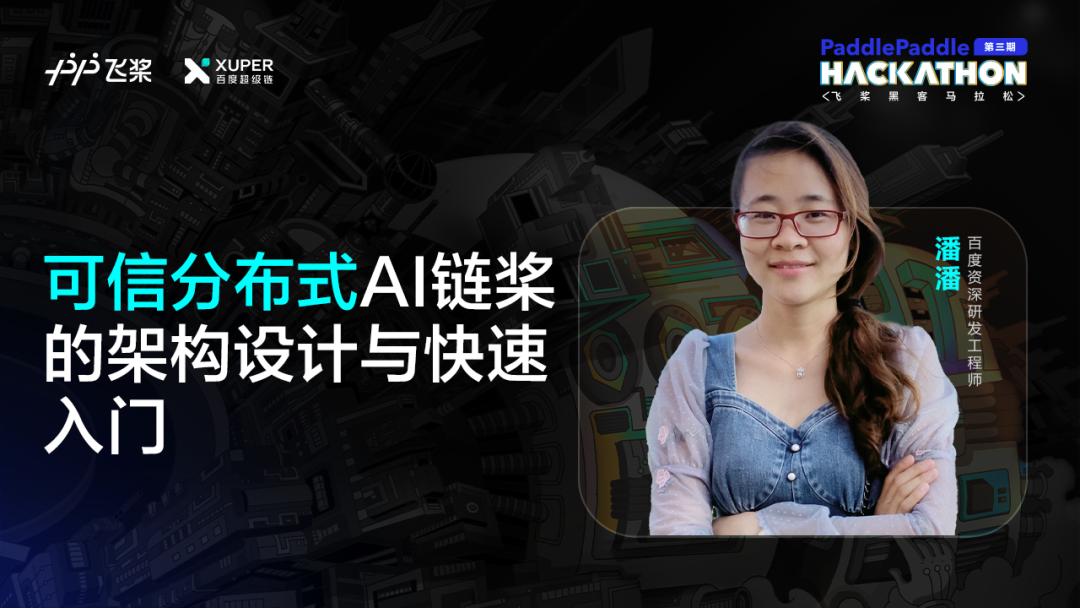
At 19:00 on August 3rd, Baidu senior R&D engineer Pan Pan was a guest at the Fly Paddle B station live broadcast room and Baidu Super Chain Hundred HomesNo. Live Room, 30 minutes will take you to quickly get started with the architecture design of the trusted distributed AI chain paddle, let's take a look at the technical principles behind the blockchain + AI industrial application!
Live focus>>
The essence of blockchain
Architecture design of trusted distributed AI
Chain paddle core functions
Chain Paddle Quick Start
Live & Playback Links>>

Long press to identify the QR code to watch
About Chain Paddles>>
PaddleDTX is the first industrial trusted distributed AI open source product jointly launched by Baidu Super Chain and Paddle, dedicated to promoting >Development of distributed privacy model technology.Based on Baidu's self-developed XuperChain, decentralized storage, trusted computing, distributed machine learning and other core technologies, the chain paddle realizes the security and credibility of the whole process from data collection, storage, calculation to circulation, and ensures the training process of distributed AI.The whole process is traceable and auditable.
At the data level, Chainpaddle uses decentralized storage as a trusted data solution.First of all, a multi-copy and multi-node strategy is customized for each piece of data to combine the encrypted shard copy retention proof. The chain paddle has two original storage retention proof mechanisms, namely the time-first variant Merkle tree algorithm and spaceThe preferred copy retention proof algorithm based on elliptic curve bilinear mapping makes it possible to ensure that the data is not tampered with and the storage party cannot collude with a single copy attack, thus ensuring the authenticity of the data; secondly, the chain paddle maintains the proof of the success ratio according to the copy, and evaluate the health of storage nodes with the effective heartbeat frequency, and automatically migrate data according to the health of the nodes, and dynamically adjust the distribution strategy according to the comprehensive judgment of node stability, historical performance and available resources.
At the algorithmic level, Chain Paddle ensures data privacy by using a combination of KMS+TEE during prediction and trainingand the fairness and auditability of the model.In the non-TEE environment, we deploy the public key part of the KMS, and use the variant ECDH to encrypt the data, the encrypted data is decrypted in another part of the KMS in the TEE environment, and passed to the calculation logic program, and finally the calculation result and the correspondingMeasure the report, and store the report in the blockchain network. The blockchain network will verify the authenticity of the computing environment by calling the decentralized oracle network to ensure the credibility of the algorithm.
Finally, Chain Paddle uses DID Distributed Trusted Digital Identity as a solution for trusted computing power.DID is a distributed digital identity based on blockchain technology, which has the characteristics of verifiability and self-sovereignty.The Chain Paddle framework is integrating Baidu DID, which supports users to independently control private data through DID, and independently verify trusted computing power, so as to achieve the goals of data storage security, verifiability, sharing and traceability, and computing power use control.
About the Paddle Hackathon>>
On July 4th, the third phase of the 2022 PaddlePaddle Hackathon was officially launched. The industry's first industry-level trusted distributed AI open source product - PaddleDTX trackRegistration starts at the same time.
This event is a programming event in the field of deep learning for global developers. It is hosted by the National Engineering Research Center for Deep Learning Technology and Application of Fei Pao and is in the form of online claim tasks.to encourage developers to understand and participate in deep learning open source projects.
Developers can submit entries based on PaddleDTX, in addition to receiving the most cutting-edge hard-core trusted distributed AI technical guidance, there is also a chance to win a prize of 10,000 yuan!Click "read the original text" to register for the competition~
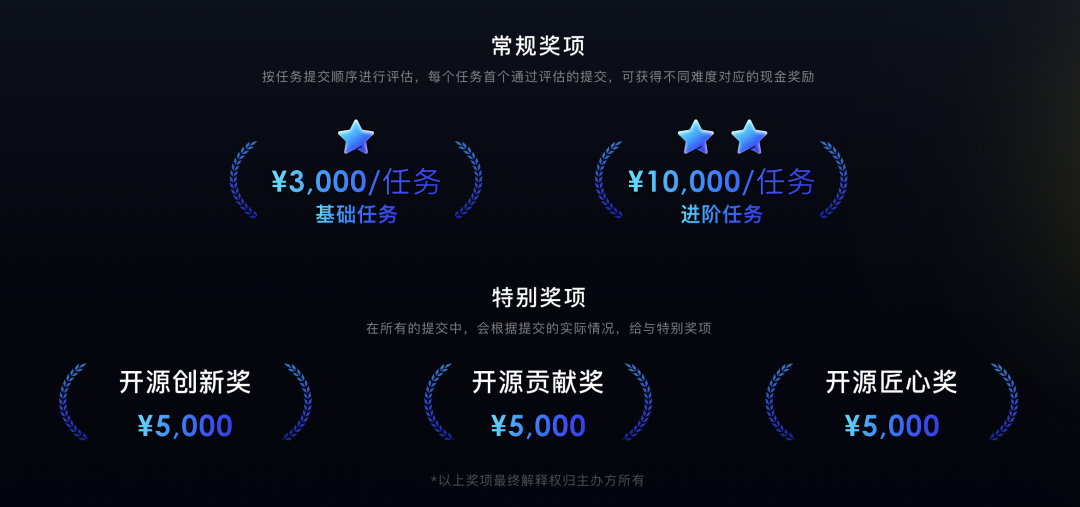
边栏推荐
- 如何基于OpenVINO POT工具简单实现对模型的量化压缩
- [GYCTF2020]EasyThinking
- Activity Recommendation | Kuaishou StreamLake Brand Launch Conference, witness together on August 10!
Utilities - [Word] #() error occurs after Word formula is exported to PDF
- DDOS攻击真的是无解吗?不!
- 配置类总结
- 使用OpenVINO实现飞桨版PGNet推理程序
- 【Redis】Linux下Redis安装
- Chapter 09 Use of Performance Analysis Tools [2. Index and Tuning] [MySQL Advanced]
猜你喜欢
![[Machine Learning] 21-day Challenge Study Notes (2)](/img/d8/a367c26b51d9dbaf53bf4fe2a13917.png)
[Machine Learning] 21-day Challenge Study Notes (2)
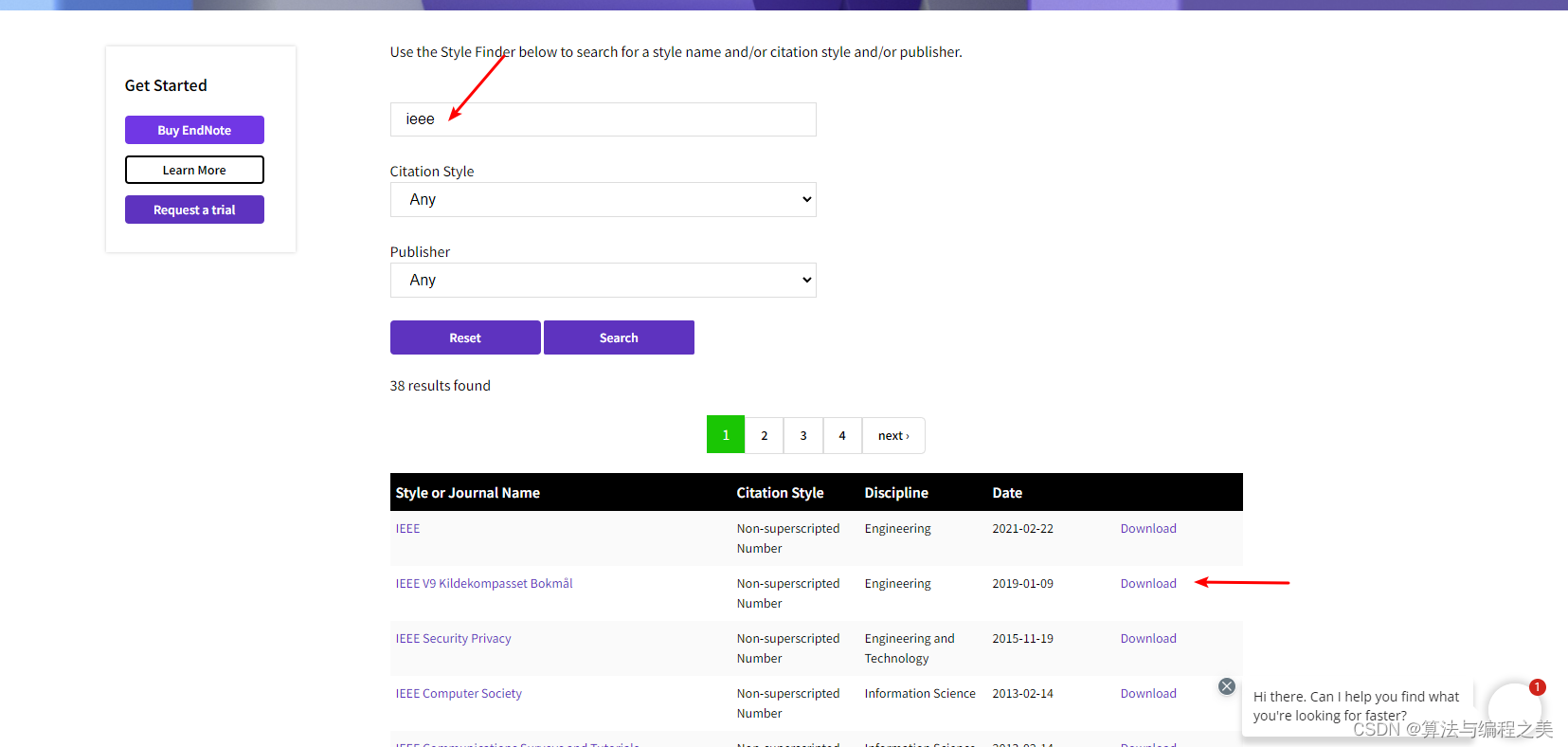
【Endnote】Word插入自定义形式的Endnote文献格式
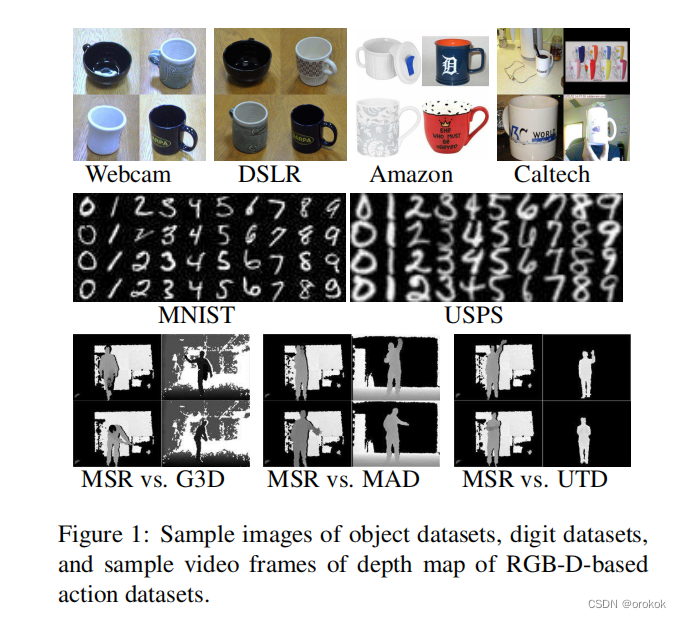
迁移学习——Joint Geometrical and Statistical Alignment for Visual Domain Adaptation

迁移学习——Distant Domain Transfer Learning

MySQL3
![[Word] #() error occurs after Word formula is exported to PDF](/img/6a/168ded19d22826b6af974907f480fb.png)
[Word] #() error occurs after Word formula is exported to PDF

Leetcode刷题——22. 括号生成

基于OpenVINO工具套件简单实现YOLOv7预训练模型的部署
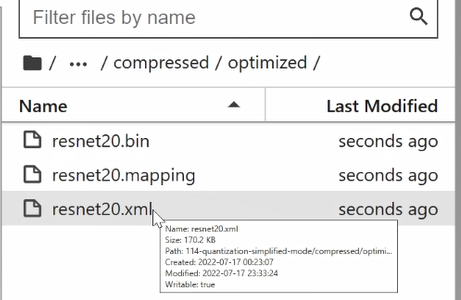
如何基于OpenVINO POT工具简单实现对模型的量化压缩
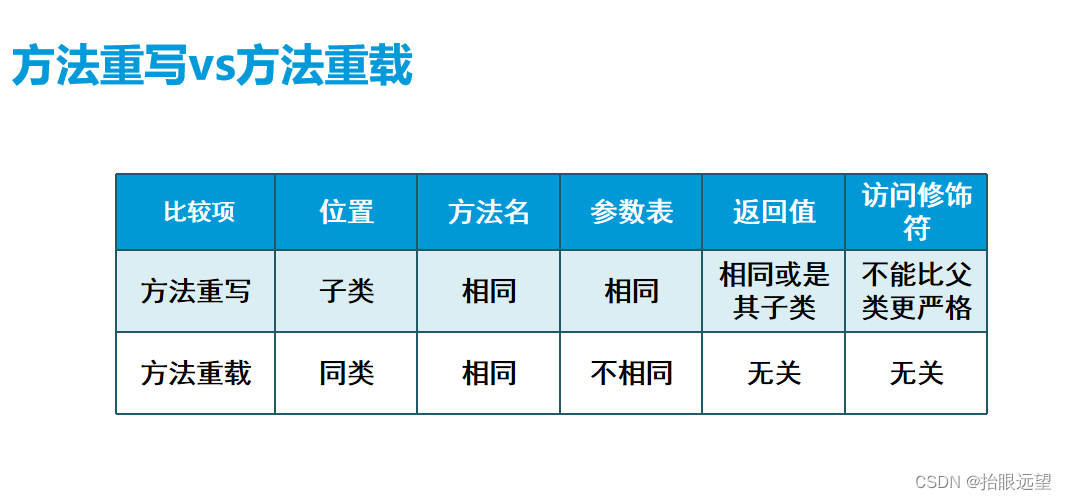
方法重写与Object类
随机推荐
Log an error encountered when compiling google gn "I could not find a ".gn" file ..."
GCC: paths to header and library files
<开发>实用工具
LPQ(局部相位量化)学习笔记
Why is this problem reported when installing oracle11
Fragment visibility judgment
Greenplum数据库故障分析——能对数据库base文件夹进行软连接嘛?
【MySQL series】- Does LIKE query start with % will make the index invalid?
LPQ (local phase quantization) study notes
新唐NUC980使用记录:在用户应用中使用GPIO
详细全面的postman接口测试实战教程
[parameters of PyQT5 binding functions]
软件测试技术之最有效的七大性能测试技术
超越YOLO5-Face | YOLO-FaceV2正式开源Trick+学术点拉满
使用OpenVINO实现飞桨版PGNet推理程序
Getting Started with Kubernetes Networking
配置类总结
2022 EdgeX中国挑战赛8月3日即将盛大开幕
CNI (Container Network Plugin)
Use of pytorch: Convolutional Neural Network Module